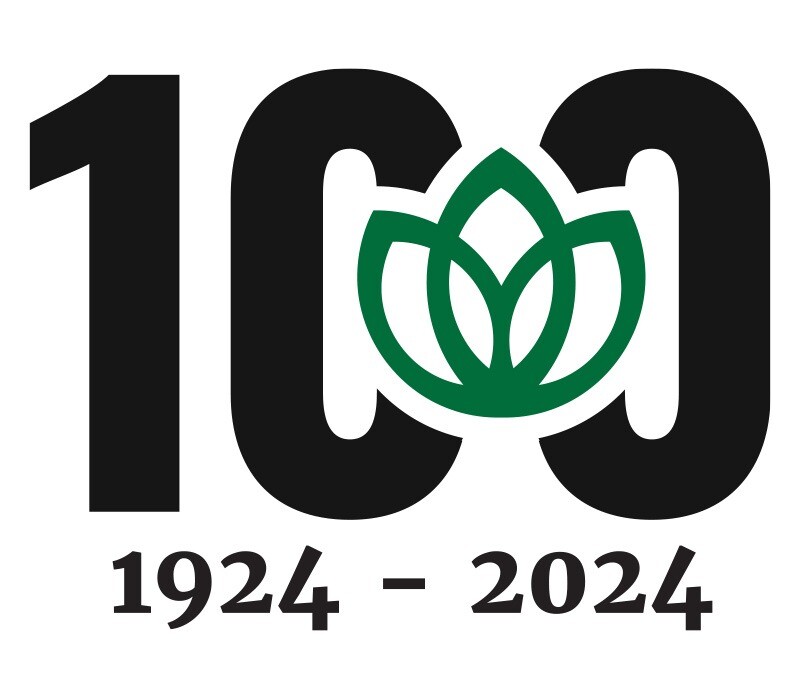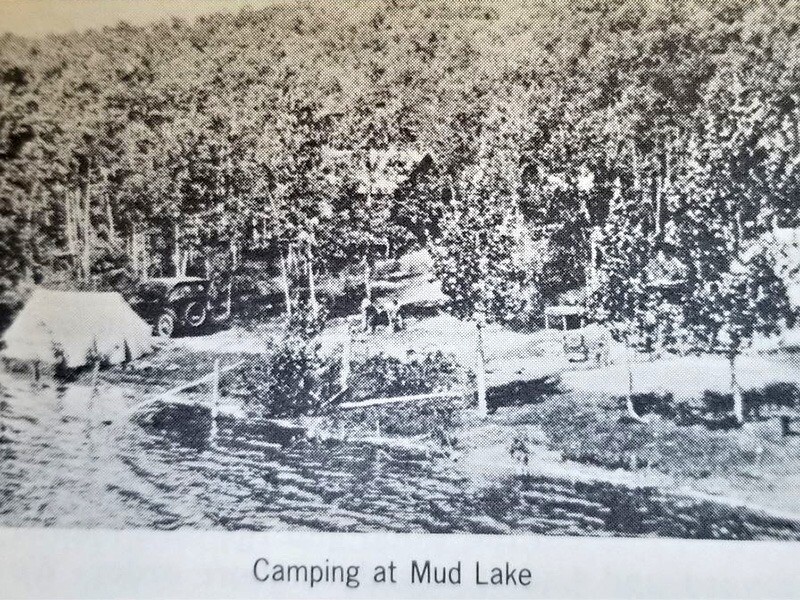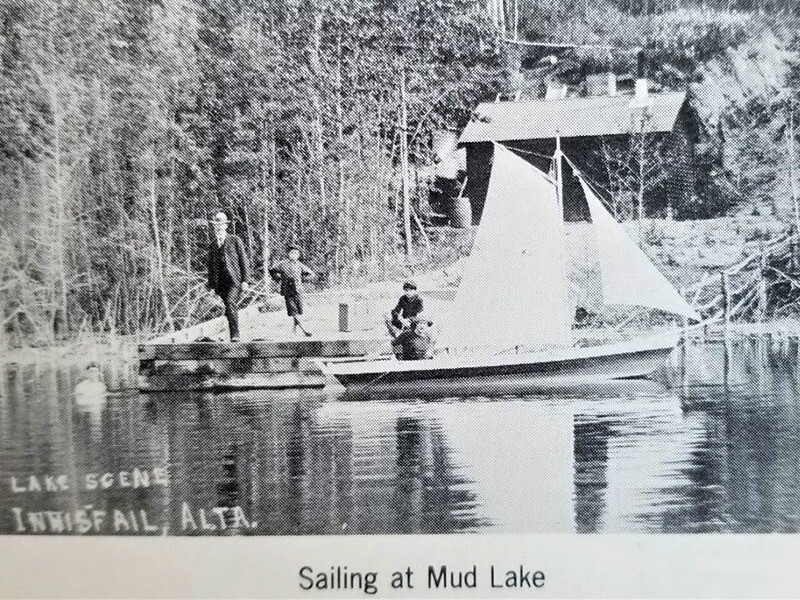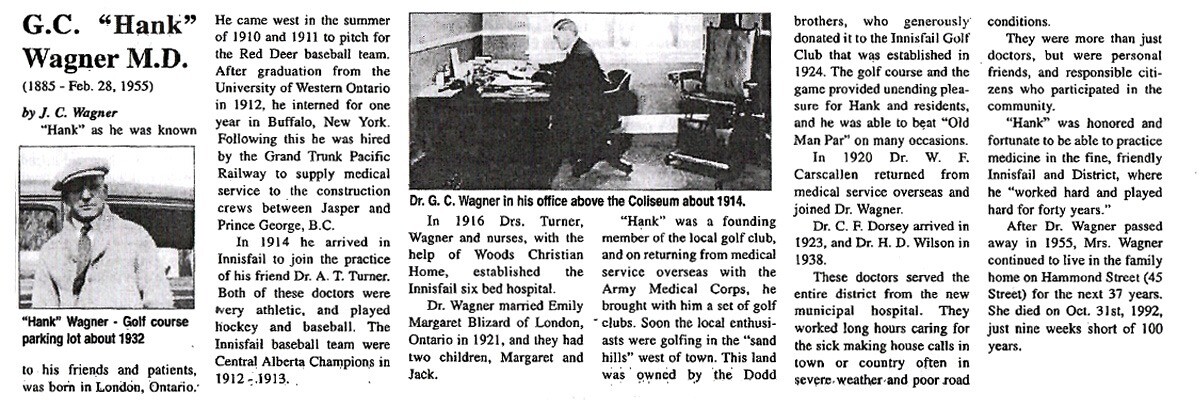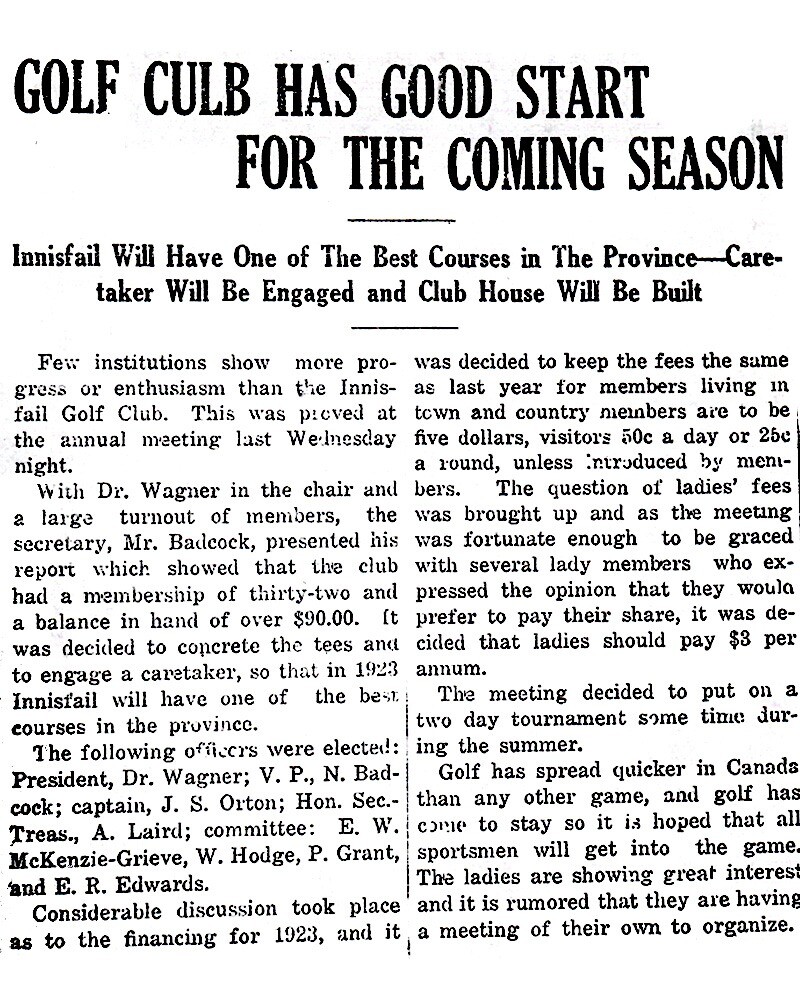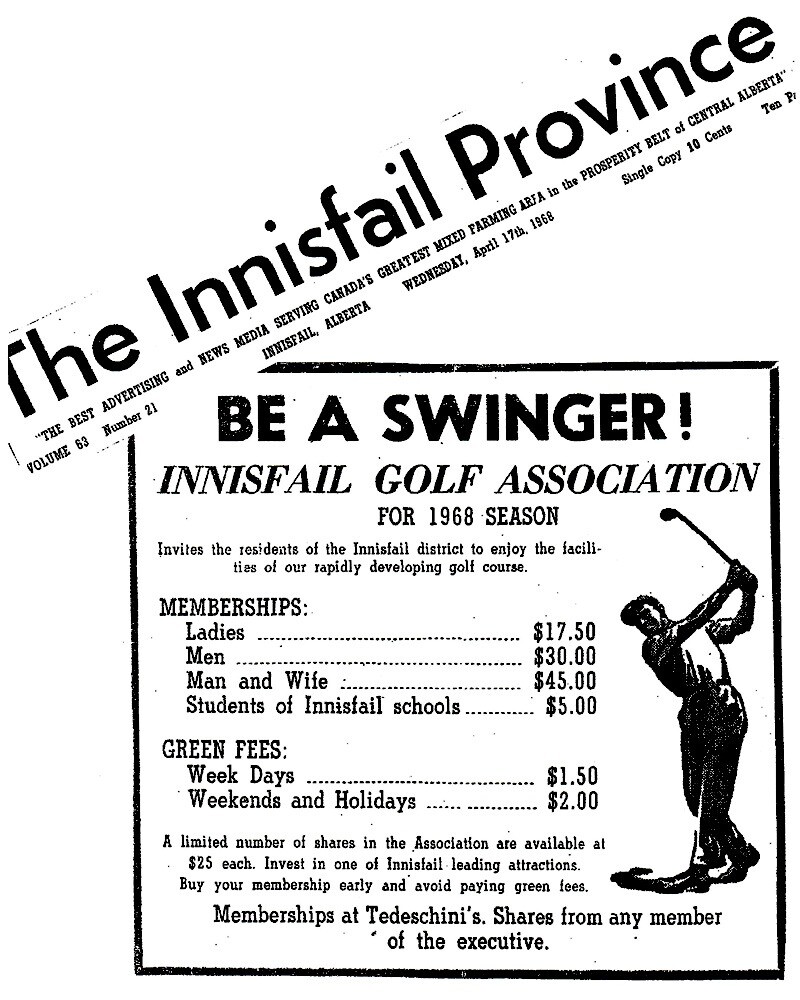‘Fore’ is the Call in the Wild
Compiled by Dianne Finstad
If you look at the lush, rolling hillsides and beautiful grass greens of the Innisfail Golf Club today, it might be hard to imagine what the area looked like one hundred years ago.
Or maybe not.
Sure, there are modern amenities now. But in many ways, the creation of the golf course allowed for the preservation of some of central Alberta’s best views and most beautiful landscapes, as well as a centuries old recreational sport.
When legendary explorer Anthony Henday first set eyes on the Parkland near the Red Deer River, he discovered a ‘hidden gem’.
But the First Nations people who travelled through the area and lived nearby knew it well. In fact, Ian Stuart, long-time neighbour to the golf course at the ‘Hazelwood Farm’ says the area of sandy glacial till northwest of Innisfail was a popular spot to camp for Indigenous people, with many stone tool artifacts found even on current golf course property, along with some hearth stones and teepee rings, which have disappeared over the years. The lake at the bottom of the present ski hill was known locally as ‘Mud Lake’, and has been mentioned in history since the 1700’s. According to ‘Innisfail – 75 Years a Town’, it was one site where Henday camped with the Cree on his travels in central Alberta. It was known to both the Cree and Blackfoot who were often in the area, and it was a place where there were occasional skirmishes between the tribes.
By the early 1900s, the spring-fed lake was a popular ‘resort’ spot with the locals and pictures show the recreation families enjoyed there. It was soon renamed Hazelwood Lake, which sounds much more attractive than Mud Lake! As the railway moved west, the Canadian Pacific Railway set up a pumphouse to take water from the lake in a banded wood pipe to a tower at the railway station in Innisfail for the steam trains. But during some dry years, there wasn’t enough rain to balance the water drawdown, and the lake nearly was lost. Stuart remembers stories from his father of a horse becoming stuck in the mud while trying to get a drink, and buffalo bones emerging from the mud, along with a considerable number of crowbars lost when ice was harvested from the lake for iceboxes of the day.
Among the early settlers in the Innisfail community was Dr. G.C. Wagner, known as ‘Hank’ to his friends and patients. He’d first come to the area to pitch for a Red Deer baseball team in 1910 and 11, and then found his way back to the region in 1914 after his education was complete, to join the practice of his friend Dr. A.T. Turner. Both of these fellows were very athletic, playing hockey and baseball. So it’s not surprising Wagner was also an enthusiast of the developing sport of golf. After returning from his overseas time with the Army Medical Corps, he brought with him a set of golf clubs. It wasn’t long before he’d lined up a few folks to golf in the ‘sand hills’ west of Innisfail.
Longtime IGC member Dick Percy described Dr. Wagner as an ‘ardent and excellent’ golfer who wanted a course for players in the area. They needed land, close to town, and big enough to build the required nine holes and have room for future expansion. Already the visionary Wagner was looking ahead!
The ideal spot was land owned by the Dodd brothers. Here’s where history gets interesting. How did the land get from the Dodd’s to the newly formed Innisfail Golf Club? Well, there are several versions of history. Taryn Dodd (an IGC employee) and her father Ryan say family lore goes that Dr. Wagner approached Great-Grandpa Ernest ‘Jack’ Dodd, who used the land to pasture cattle and horses.
Some claim a rental arrangement was struck and nine holes were laid out. Later, Dodd suggested a purchase was in order.
Descriptions of the ensuing deal have Dodd selling the golf course land for $1.00, or as his son J.C. Wagner described it in an article, ‘generously donating’ the land to the club.
But the most intriguing family tale that has persisted over the years is that the good Doctor won the land from Jack Dodd in a poker game – talk about high stakes!I
Ryan Dodd’s father Terry adds a little extra color to the story.
“Dad tells me the land definitely traded for a dollar… during a hunting trip. Apparently, they were all sitting around having a few cocktails and that is when the discussion around the golf course came up and Ernest donated the land. Now, were they playing poker while hunting and having drinks? I know I sure would be!” chuckles Ryan Dodd.
It’s not known exactly when the ‘negotiations’ took place. But a land map from the 1920’s does have the Innisfail Golf Club listed as the landowner. Newspaper stories from 1922 show there was already a structure, and officers, and fees.
“A meeting of enthusiastic golfers and willing-to-be-golfers was held on March 27th in Dr. Wagner’s office. The dues were set at $10.00; $5.00 paid on joining and the $5.00 at the call of the committee when needed. As there is a great deal of work to be done on the putting green, etc. to get them in good shape, it is expected that all members will assist in the work and thus minimize the expense.” (1922)
The golf club was officially incorporated July 11, 1924 under the original name of Me-too-seke, a Cree term meaning ‘Meeting Place in the Woods’. In 1925, the name was changed to Innisfail Golf Club, with the bylaws registered and a maximum of 800 shares allocated. The name was modified again to Innisfail Golf Association in 1933.
So we celebrate a century of the Innisfail golf experience in 2024!
